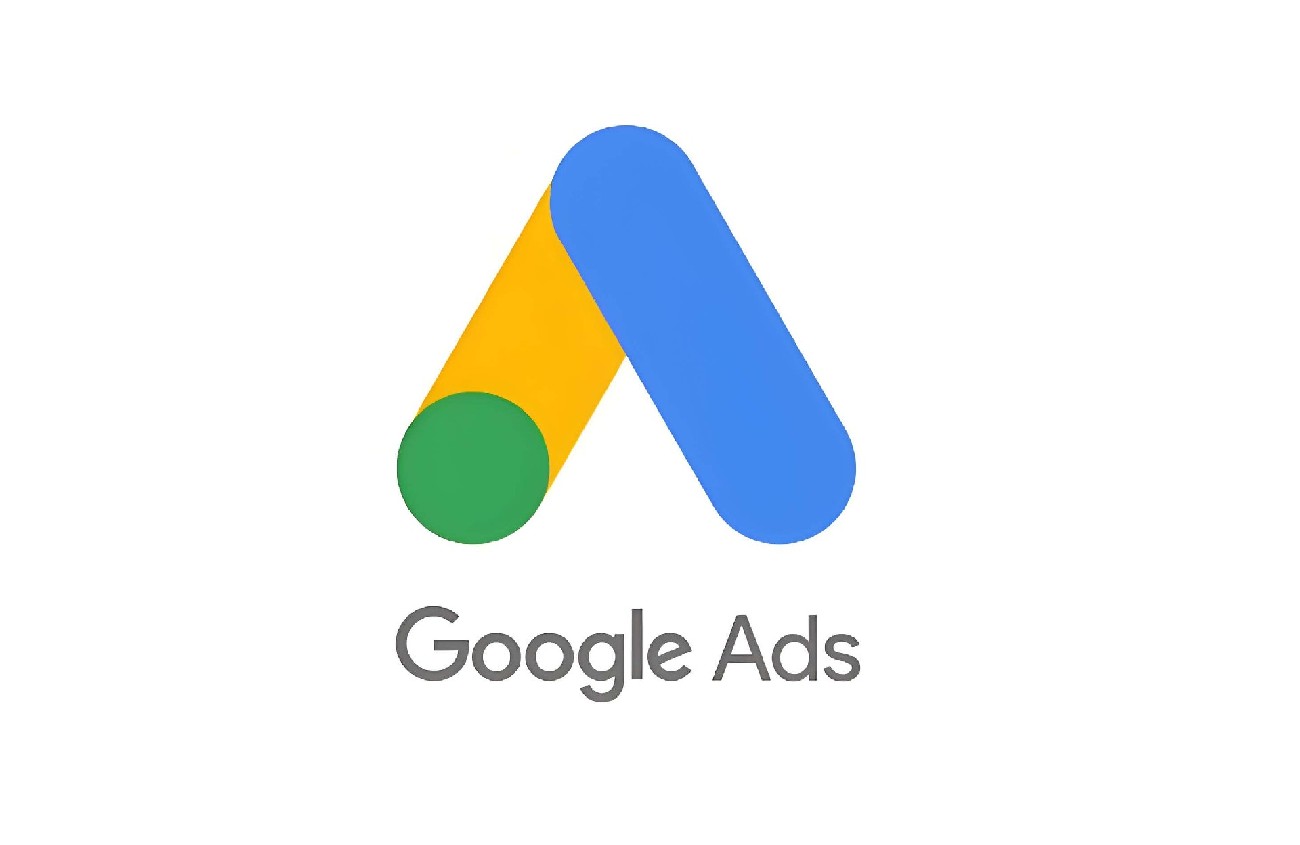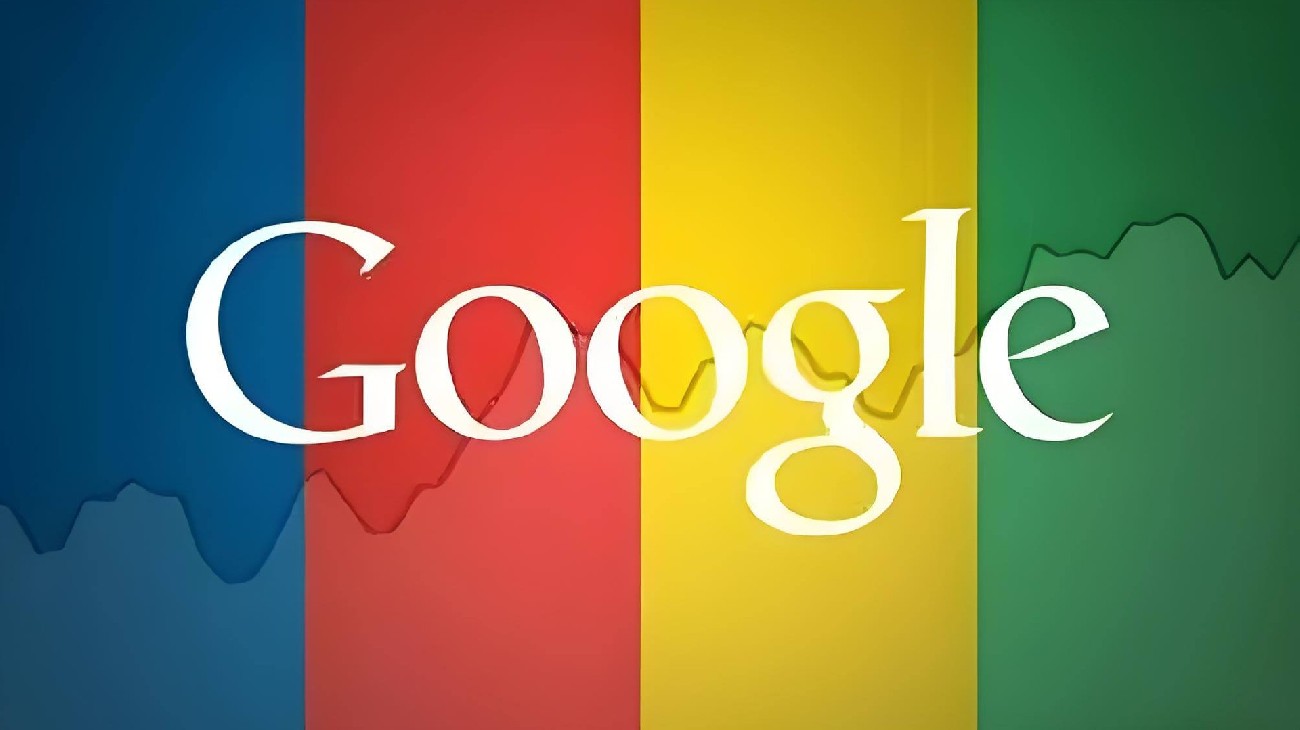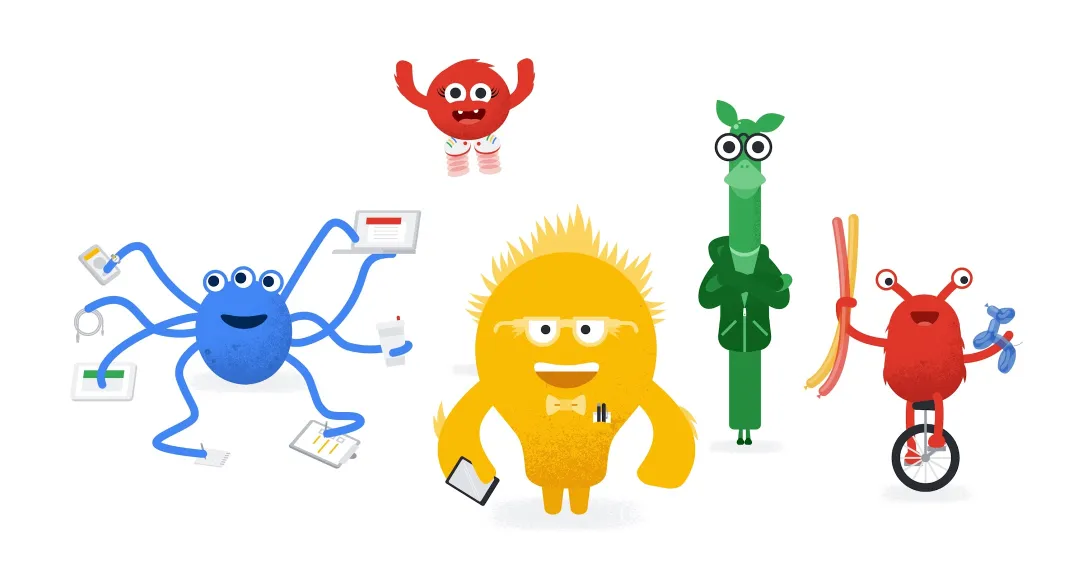As a rapidly emerging digital marketing tool, TikTok ads have gained widespread global attention with their unique short-video format. Today, TikTok stands alongside Facebook as one of the two giants in social media marketing. For those new to overseas social media advertising, it can be challenging to decide which platform delivers better results and which one to choose for ad placements. Let’s explore the key differences between advertising on these two platforms.
1. Ad Formats
Facebook offers a wider variety of ad formats, including image ads, video ads, carousel ads, story ads, Messenger ads, and Instagram ads, among others. On the other hand, TikTok is more streamlined, with a primary focus on short videos. Its supported ad formats include in-feed ads, full-screen ads, and branded challenges. If you enjoy experimenting with different types of ad creatives, Facebook is your go-to platform. However, if your product relies on engaging and entertaining videos to attract users, TikTok is the ideal choice.
2. Audience
TikTok has enormous appeal to the younger generation. According to statistics, 36.7% of TikTok’s users are aged 18-24, and around 50% of its users are under 30 years old.
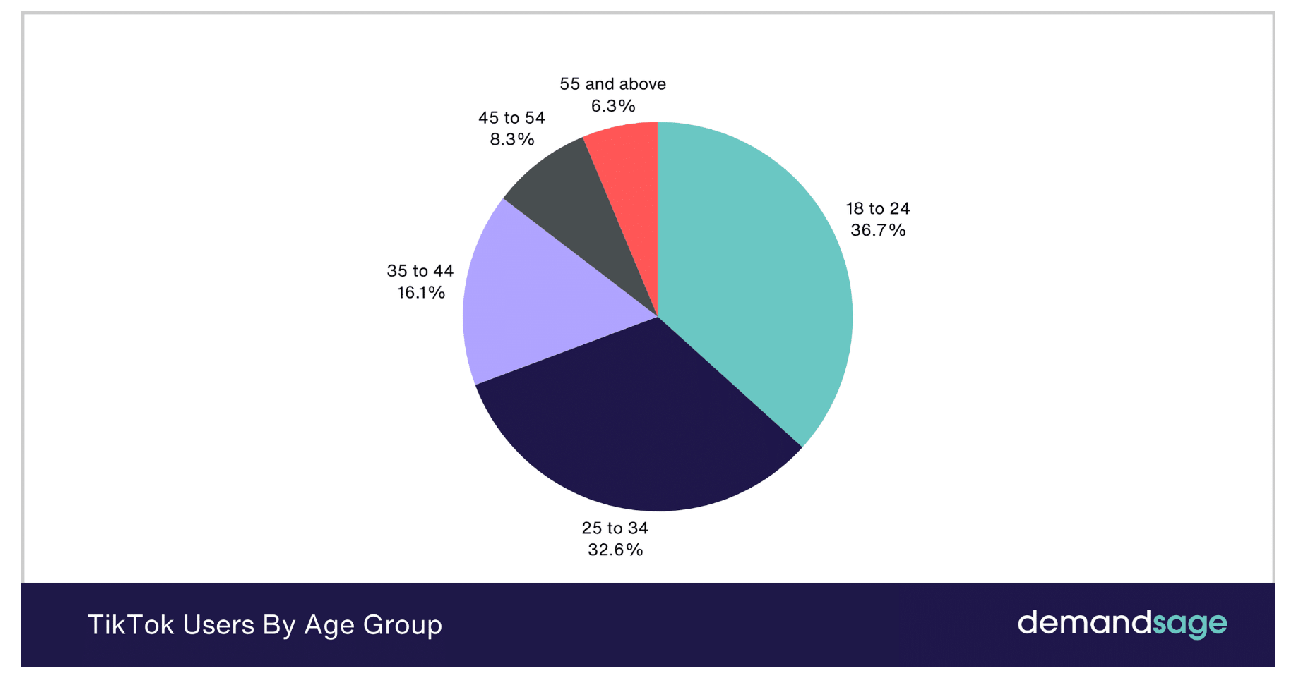
In contrast, Facebook’s user base spans a broader age range, with most users being adults aged 25-34. Additionally, a significant portion of Facebook's users (over 45 years old) comprises middle-aged and older adults, whereas TikTok’s older user base is only in the low teens percentage-wise.
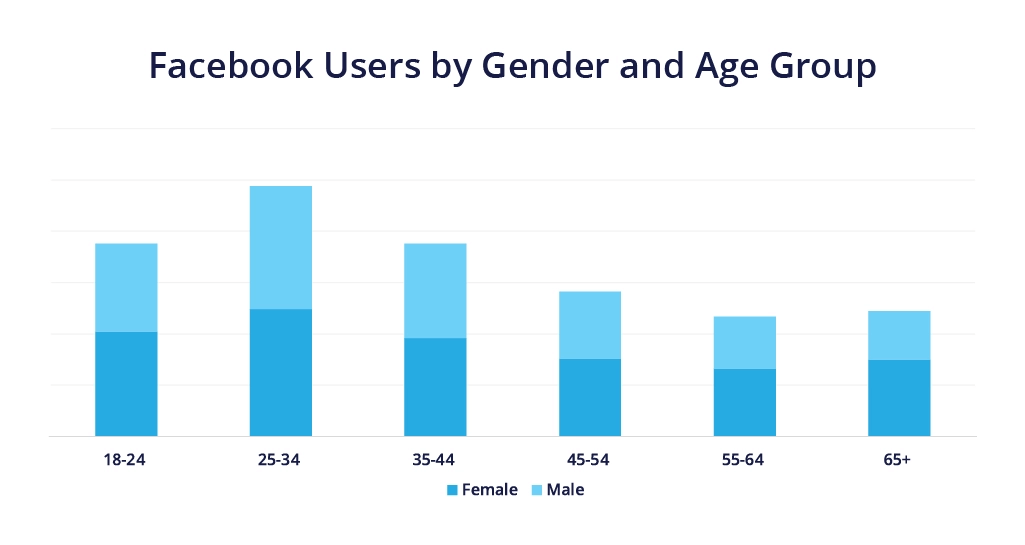
If your product leans more toward entertainment or trends, TikTok is likely to offer better advantages for your advertising campaign.
3. Ad Content
Facebook has stronger social engagement features, where interactions such as comments, likes, and shares can significantly increase the reach of your ads. Therefore, your ad strategy on Facebook should focus on creating content that resonates with the target audience.
TikTok, on the other hand, emphasizes the appeal and creativity of video content. The fast pace of short videos demands that advertisers continuously innovate and keep their content timely. In terms of content creation, TikTok can be more challenging due to the need for frequent updates and creativity.
4. User Interaction
Facebook encourages users to form groups and share their interests, which fosters closer social interactions. Advertisers can leverage this to engage in group marketing, helping them quickly identify and target their audience for long-term campaigns.
TikTok users tend to interact more spontaneously. When a video meets certain engagement and completion thresholds, the system automatically allocates better traffic to the content, allowing it to go viral quickly. However, the popularity of content on TikTok tends to decline fast, resulting in shorter-lived viral moments.
Conclusion
In summary, TikTok and Facebook differ significantly in terms of features, audience demographics, content creation, and marketing strategies. TikTok's key strengths lie in its younger audience and fast content distribution, making it suitable for products related to retail, fashion, beauty, food, gaming, and lifestyle. Facebook, on the other hand, boasts a wider user base and more diverse ad formats, making it suitable for a broader range of promotional products.
Each platform has its own unique advantages, and neither is universally better than the other. If you’re considering advertising on both Facebook and TikTok, tools like Yuricare’s automated ad placement system could be a valuable asset in managing both campaigns efficiently.


